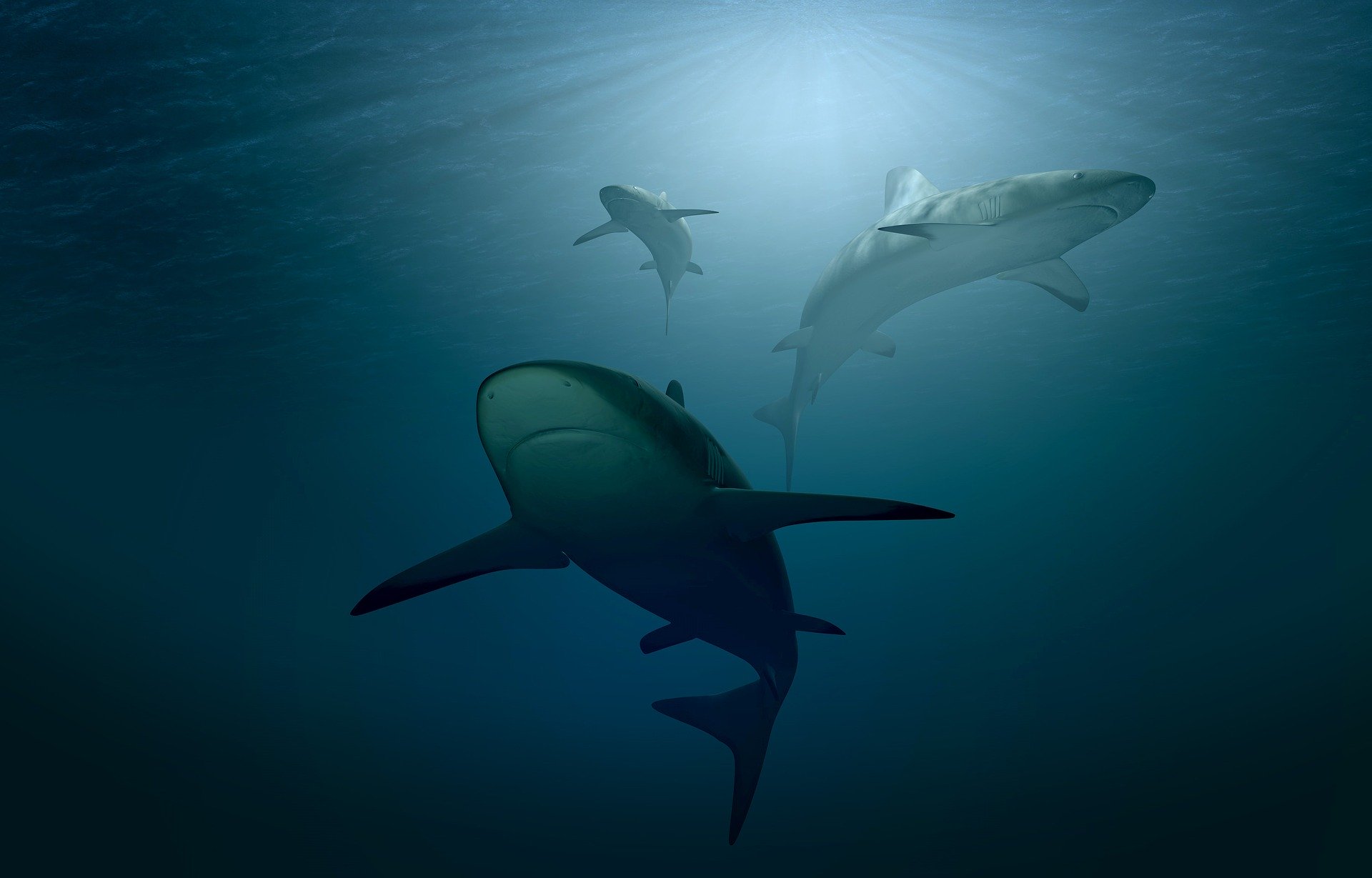
Photo Courtesy : Pixabay
The die-off appeared just about the seashore of Foster City. The great mystery just started. Many people took out to find the mysterious killer. Sharks and fiddler rays started washing up on beaches in the early spring. By April stranded or bewildered sharks were dying by the dozen. The majority of the affected fish probably died and sank without being seen, but based on the number of remains found on seashores CDFW estimates the toll at more than 500 bat rays, 1,000 leopard sharks, hundreds of striped bass, and dozens of Mustelus, thornback skates, and fiddler rays.
Nearly all of those deaths or at least every one of the several dead fishes Okihiro, the senior researcher has been able to examine, resulted from brain infections. Something is invading Bay fish, moving into their brains, and eating away, causing the fish to become disoriented and to gradually die. Okihiro at first considered the cause might be a fungal pathogen that he found growing on Petri dishes cultured from the brain and inner ear fluid of the first three leopard sharks he examined. By early May, after examining dozens of sharks he had gathered on the beach south of the San Mateo Bridge, Okihiro thought it was a fungal killer.
The shark body count increased through mid-May, but Okihiro stopped seeing fungi growing on his agar plates. As he cast around for theories that could explain this, he returned to something he had seen while exploring white seabass hatcheries in Southern California. In 2016, grown-up white seabass in the hatchery started becoming disoriented and in the end dying. When Okihiro examined them, he found lacerations on their noses, and in the fronts of their brains. Looking closely, he found evidence of a dangerous fish-brain-eating protozoan parasite called Miamiensis avidus.
Protozoan pathogens had occurred to Okihiro to make clear the previous mass shark deaths in the Bay in 2006 and 2011 — but he had dismissed them. He looked closely in 2011, but the parasites were not easy to find in the brains of sharks he was inspecting. He knew that in white seabass when the protozoans were there, you couldn’t miss them. So this year when the sharks started washing up dead, he first looked for other theories like bacterial pathogens, or exposure to pollutants in the water.
When he yet could not find a constant answer this spring, though, Okihiro went back and reconsidered Miamiensis avidus. This time, once he was looking for it, he found evidence of it everywhere. He saw it in the location of the lesions in the sharks he dissected. He could see the protozoans themselves. Finally, he sent samples of cerebrospinal fluid to the UCSF lab of Joseph DeRisi, an expert in the genetics of infectious disease. Hanna Retallack, a graduate in DeRisi’s lab, insisted to use techniques called polymerase chain reaction (or PCR) and metagenomic next-generation sequencing (or mNGS) to look for evidence of Miamiensis avidus infection. She found the protozoan in more than 14 sharks and its RNA signature in five more samples. Okihiro now says he is “99-100 percent convinced” the protozoan pathogen is the primary cause of the strandings.
If Miamiensis avidus is responsible for it, though, there is yet the question of why this year, and why it got so bad. The protozoa is a common parasite in fish, affecting a wide variety of species. It’s probably present and adapted to some specific type of fish that already lives in the Bay, Okhiro says, perhaps a rockfish or perch species. What caused it to affect sharks so largely in 2006, 2011, and 2017? What was particular this year?
It rained a lot in 2017. It also rained a lot in 2011 and 2006. That much rain adds at least two more variables to the mix. There were huge freshwater tides which caused sudden powerful forward or upward movement into the Bay that lowered the salinity of the water, particularly in the slow-circulating South Bay. Low salinity might have weakened the sharks’ immune systems, causing the parasite to take hold with greater intensity than normal. The 2017 low salinity anomaly may have increased the stress on leopard sharks and should be considered as a factor for this year’s dramatic decline. It’s not just low salinity, though. All that runoff contributes huge influxes of human pollutants into the Bay like body care products, pesticides, fertilizers, dyes, perfumes, cleansers, and house cleaning products, skincare lotions, motor oil, heavy metals.
BY Shally Kumar, Jharkhand, India


